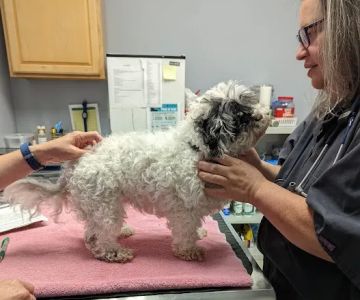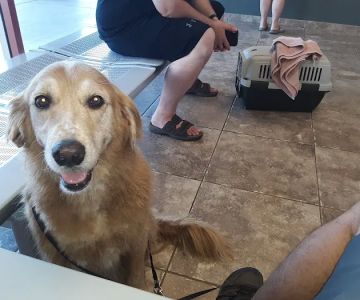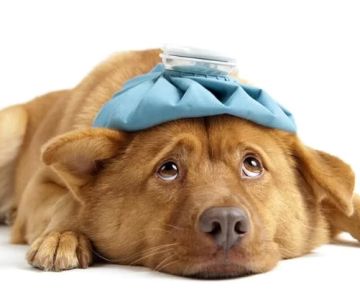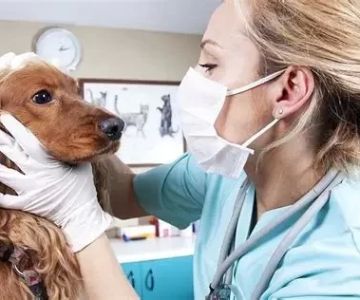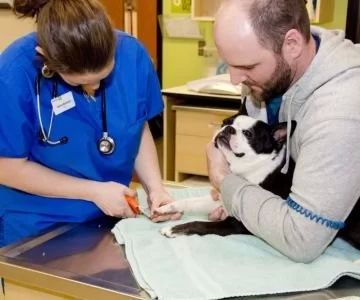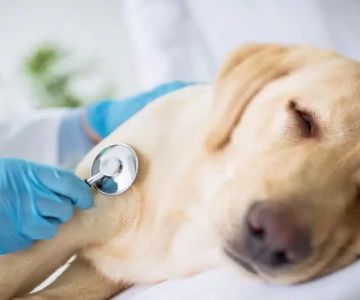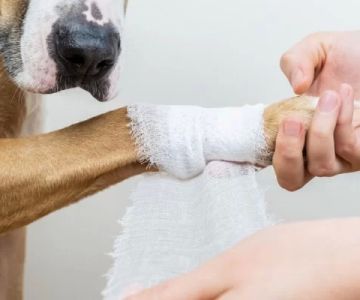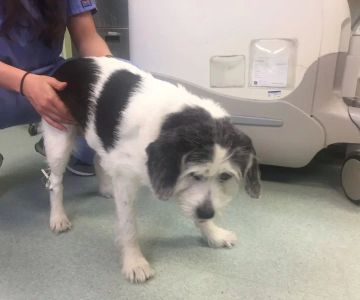- Understanding-Early-Onset-Obesity-in-Pets
- Physical-Signs-to-Watch-For
- Behavioral-Changes-that-Indicate-Risk
- What-to-Do-if-You-Suspect-Early-Obesity
- Real-Life-Stories-and-Owner-Experiences
- Expert-Guidance-on-Prevention-and-Care
- Trusted-Resources-for-Pet-Health
1. Understanding Early-Onset Obesity in Pets
How to Recognize Early-Onset Obesity in Pets starts with understanding what it means. Early-onset obesity typically develops in young pets—often before the age of two—when rapid growth and excessive feeding habits overlap. Just like humans, overweight pets are at higher risk of diabetes, joint problems, and heart disease. Recognizing the issue early is crucial because younger pets respond more quickly to lifestyle changes than older ones.
2. Physical Signs to Watch For
Changes in Body Shape
One of the first visual indicators is loss of a visible waistline. Pets with obesity often develop a rounded appearance, with fat deposits noticeable around the ribs and abdomen. A simple rib check—feeling for ribs without pressing too hard—can help identify excess fat layers.
Mobility and Endurance
If your pet tires after short walks or struggles to climb stairs, these are red flags. Early-onset obesity often reveals itself in reduced mobility, making playtime less frequent and less vigorous.
3. Behavioral Changes that Indicate Risk
Behavioral signs may be subtle but significant. Overeating, begging constantly for food, or showing lethargy between meals are warning signals. Pets who prefer resting to playing—even when they were once active—may be struggling with weight gain that owners haven’t yet noticed.
4. What to Do if You Suspect Early Obesity
Owners should start by monitoring portion sizes and considering the nutritional content of their pet’s diet. Replacing calorie-dense treats with healthier alternatives can make a difference. Increasing structured playtime or walks also supports healthy weight loss. Veterinary professionals advise early checkups to rule out medical conditions like hypothyroidism that can contribute to obesity.
5. Real Life Stories and Owner Experiences
One popular online story involved a Labrador puppy whose owner thought the pup’s round belly was “cute puppy fat.” A routine vet visit revealed the dog was already in the early stages of obesity, risking joint issues later in life. After diet adjustments and increased exercise, the pup slimmed down and regained energy. Another example comes from a cat owner who noticed her young cat sleeping excessively and struggling to jump. A vet confirmed obesity as the cause, and gradual lifestyle changes restored the cat’s agility.
6. Expert Guidance on Prevention and Care
Veterinarians emphasize prevention as the best treatment. A balanced diet appropriate to species, breed, and age combined with regular physical activity sets the foundation for a healthy pet. Experts recommend frequent weight checks during the first year of a pet’s life to ensure early problems don’t go unnoticed. They also stress that owners should be educated on the long-term consequences of obesity, which extend beyond appearance and affect overall quality of life.
7. Trusted Resources for Pet Health
For guidance on diet plans, healthy treats, and preventive care, Hidden Brook Veterinary provides reliable resources and professional services. Pet owners can rely on expert recommendations tailored to their pet’s individual needs, ensuring a healthier, happier life.
Recognizing early-onset obesity is not about judgment—it’s about protecting your pet’s future. With timely awareness and professional support, the risks can be reversed, giving pets the chance to enjoy long, active lives with their families.

